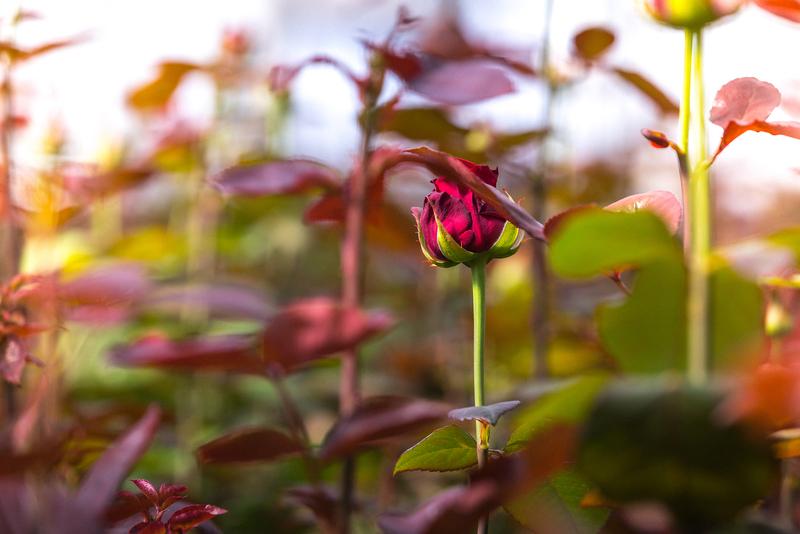
A reduction of available chemical agents to combat aphids in roses has made the integrated control of this pest more difficult. Choices need to be made about the remaining selective aphid control products which all have a negative impact on one or more beneficial insects, giving spider mite, whitefly and thrips more room to develop. Using as little chemicals as possible is a must for total integrated crop protection.
One hundred percent biological protection in rose cultivation is not yet possible. The use of natural enemies has, however, resulted in a reduction of chemical spraying. Rose growers often have to deal with potato aphid. This is a relatively large aphid which lets itself drop when disturbed. This results in the aphid further developing at the bottom of the crop where they are difficult to control with chemical agents. After three weeks, the aphids are back in the top of the crop, which means that they need to be sprayed yet again.
Simply use both products
Aphids occurring lower in the crop can be effectively controlled using the gall mite Aphidoletes aphidimyza and predatory wasps Praon volucre and Aphidius ervi. By lowering the pressure at the bottom of the crop, less spraying is necessary. The predatory wasps and gall mites can be introduced all year. As spring approaches it is the perfect time to release Aphiscout and Aphidend. These natural enemies make a great contribution to the biocontrol of aphids and establish themselves in the crop in a way that can be regulated later in the season. It is very simple to introduce both products into the greenhouse. You unscrew the top and remove the lid. Situate the Aphidend bottle in the crop and hang up the Aphiscout cylinder using the adhesive sticker on the cylinder. Both the gall mites and the predatory wasps will soon actively seek out the aphids.